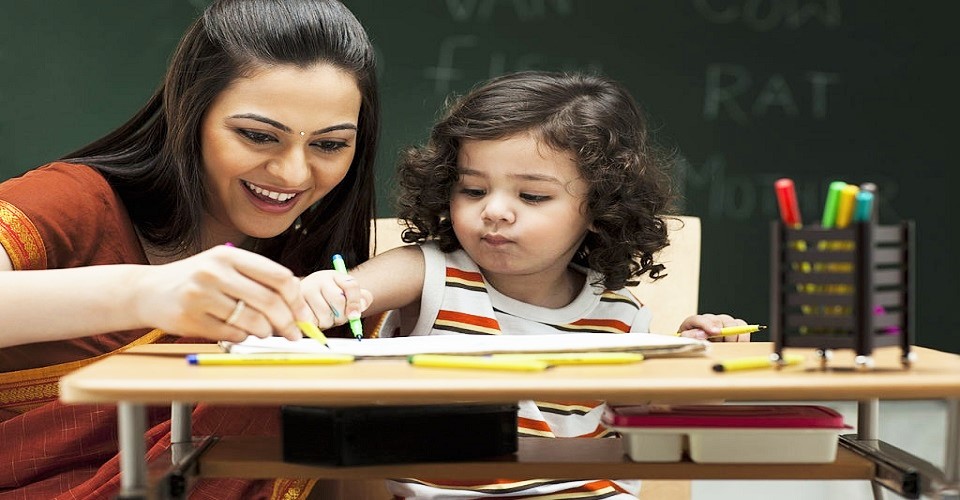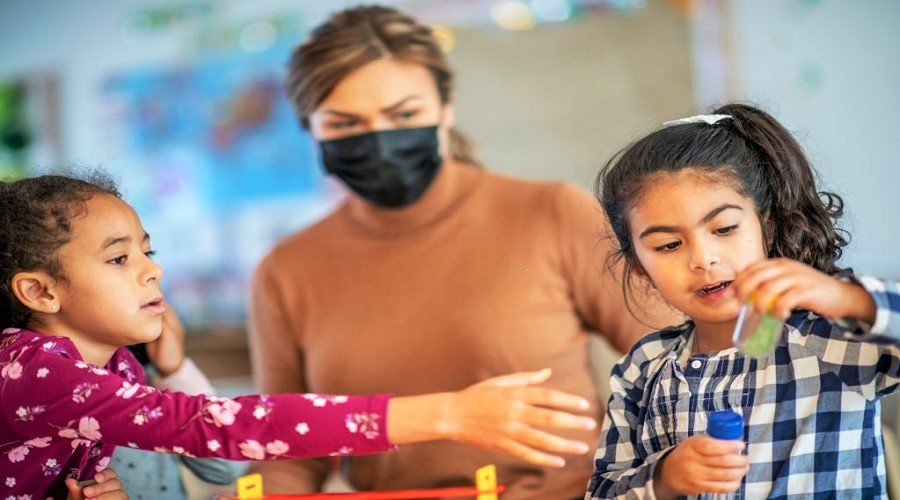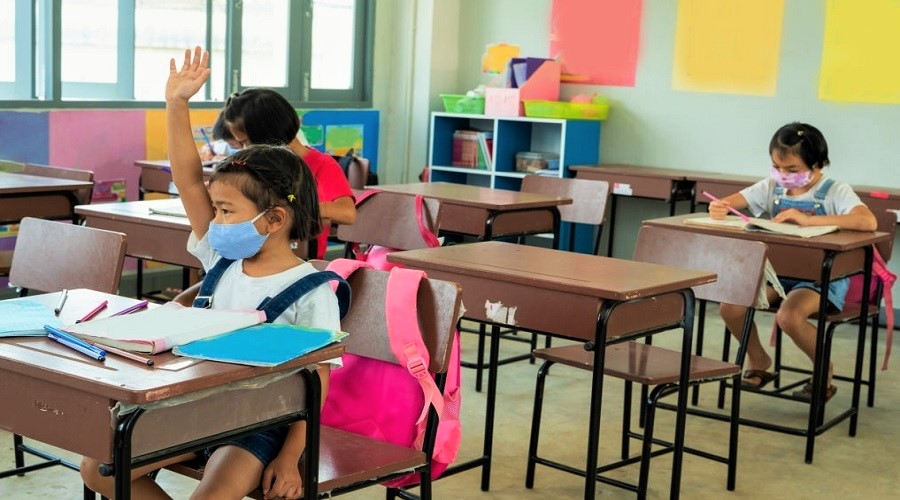Is Reggio Emilia Approach Same As Montessori Method?
26th February 2021

In order to nurture a child holistically, it is important to consider that all opportunities should be measured before deciding on the best pick for the child. This momentous choice is really important for both the parents and the teaching professionals. Everybody seems to have an estimation about childcare but there are two major styles that have been a centre of study for many years. These are the Reggio Emilia approach to early years education and the Montessori approach.
We prepared an exhaustive guide about these popular early childhood methods to aid you to determine which one can be suitable for the child.
Well, at first it may seem that both the techniques are quite parallel in their fostering, child-centric, and alternate styles. However, if you observe deeply, you will see they trail some different methodologies in a few key areas.
Understanding The Reggio Emilia And Montessori Method
Loris Malaguzzi is the founder of the Reggio Emilia approach. He named it after the Italian city of Reggio Emilia with a belief that every child is unique and will express their comforts in several different behaviors. In 1987, the Reggio Emilia method moved to the United States and become popular quickly.
Now, the thing is the Montessori technique was also founded in Italy, by Dr Maria Montessori. The major principle behind the Montessori technique was that kids can certainly captivate knowledge from their surroundings through exploration. The Reggio Emilia and Montessori approach, both seek to instruct the child holistically.

Reggio Emilia Classroom
So, Is The Reggio Emilia And Montessori Method Both Same?
Below, we compare the Montessori approach to Reggio Emilia education which will help you to recognize the difference between these two methods.
Let’s start with the Curriculum at first: In Montessori schools, usually, there is a general curriculum including math, language, practical assistances, geography, cultural studies, science, and music. These are also available in different online Montessori schools as well.
In distinction, there is no prearranged Reggio Emilia curriculum. Moreover, the function of the schoolroom is to allow for developing the lessons with student-interest and response. Most of the Reggio Emilia activities for toddlers are project-based and the lessons are based on the interest of students.
Classroom structure: Montessori classrooms generally include certain specific learning materials as well as spaces to accommodate the choices for children. The young learners mostly use the floor or tables rather than desks, the furniture is appropriately- sized for kids. The cleanliness is also important in this type of classroom setting. The age incorporation is also another key aspect in a Montessori classroom.
On the other hand, the Reggio Emilia classrooms have spaces for different sized groups of kids. Minute details like the texture and colours, etc. are significantly being observed by the teachers. Another important thing in planning Reggio Emilia activities for toddlers is Documentation. Reggio Emilia classrooms are usually assembled more traditionally based on age. In a Reggio-inspired schoolroom, teachers boost groups to work together as well. This is common in a Montessori classroom as well.
Watch the video for a better reference regarding the similarities and differences between both the approaches.
Use of technology: In Montessori teaching, the use of contemporary technology is lessened. Learning tools like computers, communicating whiteboards, tablets, etc. are rarely used, even if ever being used then also in a minimal way. However, sometimes these are being used for specific tasks with self-corrective learning tools.
In contrast, as the Reggio Emilia kids learn from their setting directly, the schoolroom is being formulated to reflect the culture in which the children live.
Role of the teacher: A trained teacher with Montessori teacher training courses is usually being trained systematically. Montessori certification includes training related to the Montessori principles, perceptions and methods. Neither the Montessori nor Reggio educators deliver the regular whole-class speeches. Nor do they try to impart knowledge to learners through memorization. Rather, their foremost role is to connect learners with evocative work. Just like the other teaching roles, observation and adaptability are the important aspects of a Reggio Emilia teacher.

Montessori Classroom
The Bottom Line…
Well, the Reggio Emilia approach to early years education is mainly projected for preschool and early elementary school. Meanwhile, the Montessori method can be used in preschool, in elementary and middle school too. Moreover, in both approaches, the assessments are not being taken by testing and grading learners. Also, Montessori thinking emphases more on distinct learning and working together is not mandatory. On the other hand, different collaborative project-based learning is fundamental to Reggio Emilia ideology.
With Montessori teacher training courses, the teaching professionals are very dedicated to their teaching practice, however, the same case is applicable for the Reggio Emilia approach. Montessori and the Reggio Emilia method are both constructivist theories and respect for the child is an essential thought of both approaches.
We understand the fact that this is not an easy choice to make! We would recommend a good deal of research and well-understanding of both the approaches.
Written By: Bindita Sinha